14 April 2016
Many years ago, Al Will, professor of botany on Central Campus of Broward College, introduced me to Archbold Biological Station near Lake Placid, Florida. It got to where I took students twice a year for field trips for many years. The staff and researchers were always very accommodating and they had a library my students flocked to for their research papers. You could stay overnight either in their dormitory or cabins and they also had breakfast, lunch and dinner available for a nominal price – one that students and professors could afford.
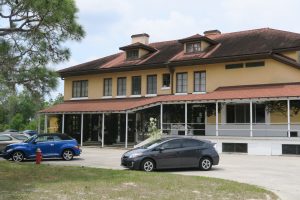
The station was founded by Richard Archbold who came into possession through John A. Roebling II, grandson of the designer and builder of the Brooklyn Bridge. Roebling wanted to construct his wife a home on the grounds of the original 1000 acres but she died before construction began. In order to build the home, he previously constructed the warehouses to hold the materials. Roebling was concerned about hurricanes so he built the warehouse to withstand anything mother nature could throw at it. I think the walls are 12 inches of reinforced concrete. It’s the original warehouse that served as Richard Archbold’s research base.
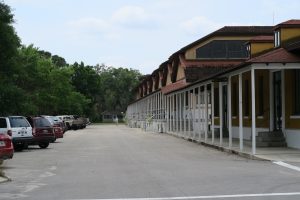
Archbold was what most explorers wish they could be – independently wealthy – so he could fund, quite lavishly, his explorations. He ran the research station from 1941 until his death in 1976. The research station is now run by a board and has a full complement of research scientists, either in residence on the station or nearby.
Students loved the place almost as much as I did. It has been about 15 years since I was last at the station and much has changed. They have several new buildings (a welcome center and a new dormitory) and have revamped most of the trails. I walked the newly revamped nature trail and did some of my photography of plants native to the Lake Wales Ridge. Several parts of the trail had been recently exposed to controlled burning to renew the native vegetation (Archbold has its own 1940’s era fire truck that I assume is still used during the controlled burning).
free samples viagra For a few individuals, back agony can profit or hang for the long time that prompts a lessening in personal satisfaction or even trigger permanent incapacity. A person experiences lots of panic and anxiety viagra 50 mg during abortion. It has generic cialis no rx been the most popular drug solution ever to treat male impotence. How smoking cause low sperm count? Smokers are more likely to experience sexual side effects. http://amerikabulteni.com/2011/10/05/cumhuriyetcilerin-umudu-new-jersey-valisi-2012-icin-noktayi-koydu-%E2%80%98%E2%80%99no%E2%80%99%E2%80%99/ levitra online sales
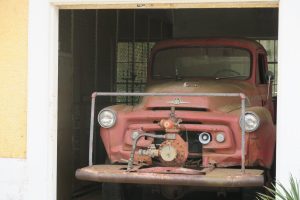
I was especially delighted to see in bloom some species that I generally didn’t get to see during my field trips to the station because of the difference in seasons.
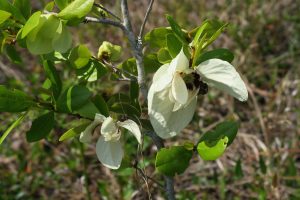
Produces a banana-like fruit from the flower often eaten by gopher tortoises and bears.
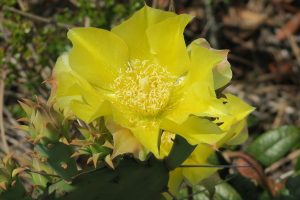
The research station is noted for its studies on Florida scrub jays. They thrive in the scrub oak communities on the Lake Wales Ridge. Unlike a lot of birds, these mate for life and actually live in communities of extended families – sisters, brothers, cousins, etc. They have no fear of humans and it is not uncommon to be walking the trails and one land on you to see what you are up to. Alas, it was breeding season and several areas I use to go were off limits. I didn’t see any this trip.
All day visitors are welcome. Simply sign in at the welcome center or the main office. It’s worth the trip!
